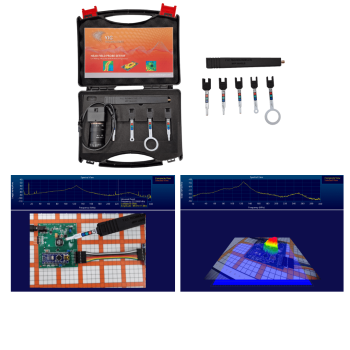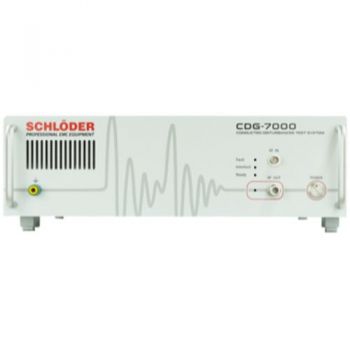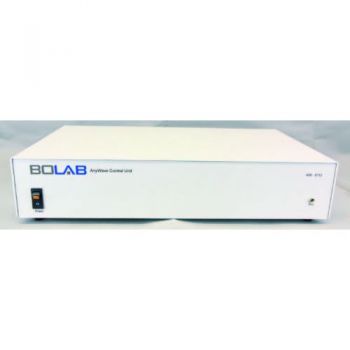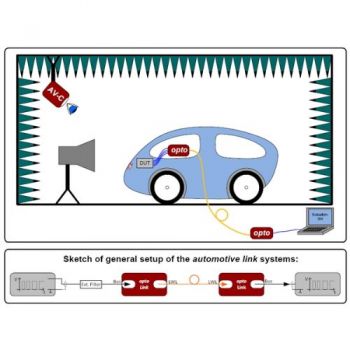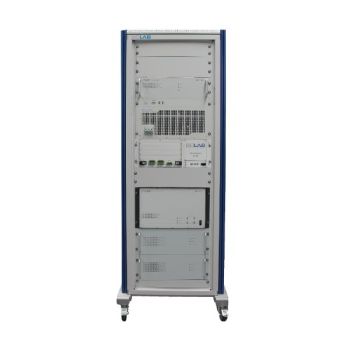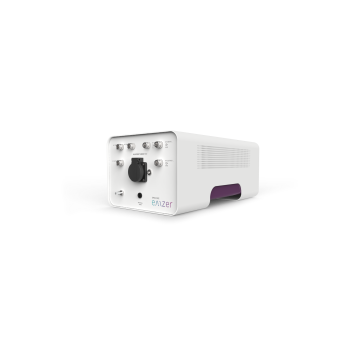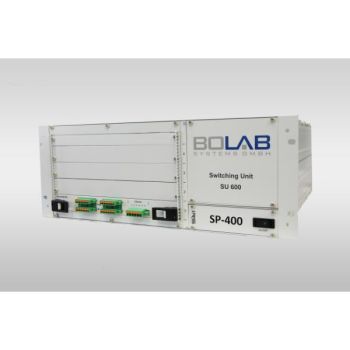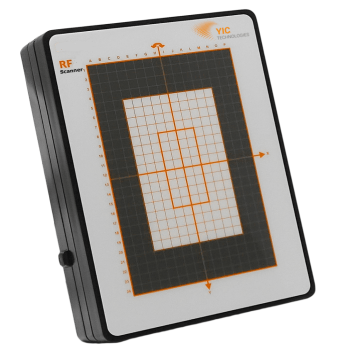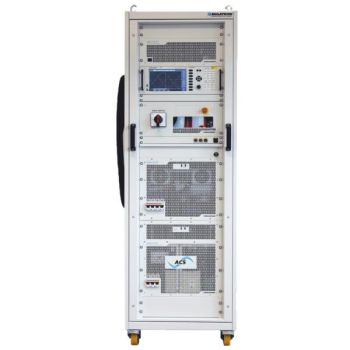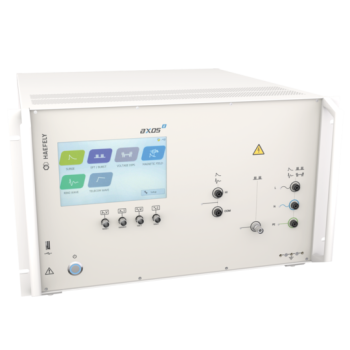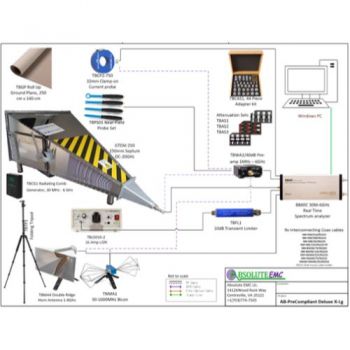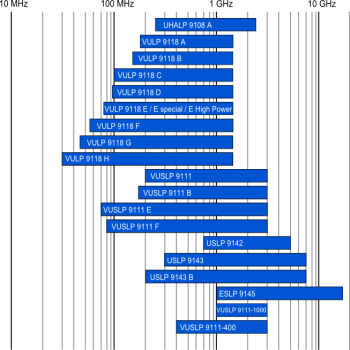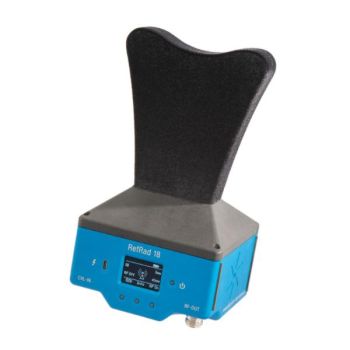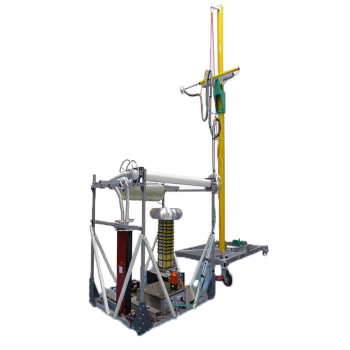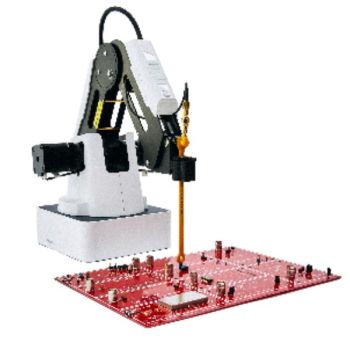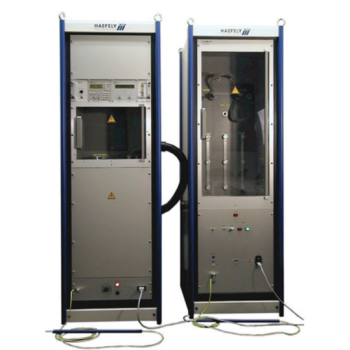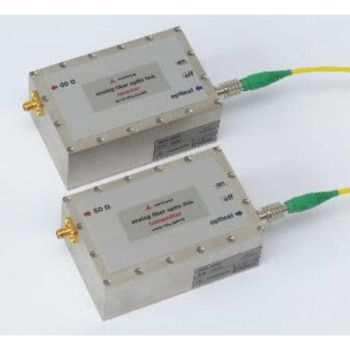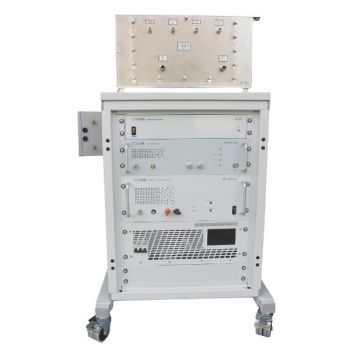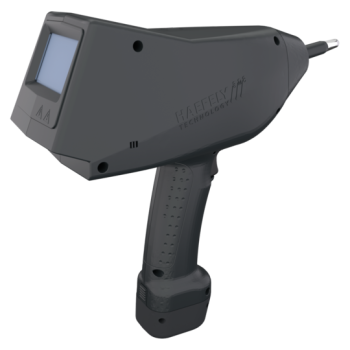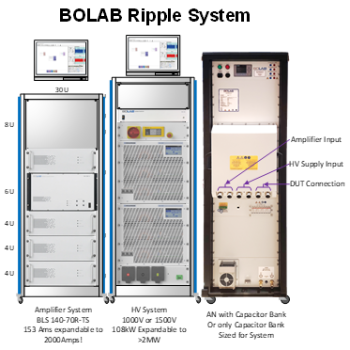Optimizing Preamplifier Use in RF Testing
Optimizing Preamplifier Use in RF Testing
Preamplifiers are a critical component in many radio frequency (RF) test setups, helping engineers and technicians obtain accurate, reliable data. However, incorrect preamp selection, improper configuration, or inadequate protective measures can lead to misleading results, damaged equipment, and unnecessary expenses. By planning carefully and choosing high-quality solutions—such as the EMC Instruments line of Preamplifiers from Absolute EMC—test professionals can ensure reliable performance, minimize risk, and control costs.
Common RF Testing Scenarios Requiring a Preamp
- Emissions Testing
- Regulatory agencies worldwide mandate strict limits on spurious RF emissions to prevent interference with other electronic devices.
- Products such as televisions, automobiles, and microwave ovens undergo emissions testing in a shielded enclosure (often a Faraday cage) to eliminate ambient interference.
- A preamp is frequently needed to raise low-level emissions above the noise floor of the analyzer.
- Enclosure Testing
- Enclosures (e.g., shielded rooms or test chambers) must block unwanted signals both from entering and exiting.
- Periodic enclosure testing validates the shielding integrity and confirms compliance with industry or regulatory requirements.
- When measuring very low leakage levels, a preamp is crucial for boosting signals that might otherwise remain undetected.
- RF Field Testing
- Conducted in open environments, field testing assesses signal strength, interference, and overall RF exposure.
- A preamp may be required to capture weak signals—whether intentional or spurious—for accurate characterization.
Key Components of the RF Test Chain
- Transmitter
- The source under test may be a legitimate transmitter (e.g., a cell phone) or any device potentially emitting unintended RF.
- A power amplifier may be used to raise the source’s signal to a level suitable for controlled testing.
- Receiver
- Always includes an antenna and a signal analyzer.
- Often incorporates a preamplifier to boost weak signals above the analyzer’s inherent noise floor.
Why a Preamplifier Matters
- Extending Dynamic Range:
A preamp typically offers about 40 dB of gain, shifting signals from -100 to -120 dB up to -60 to -80 dB. This improved dynamic range ensures the analyzer can reliably detect and measure low-level emissions. - Enhancing Test Accuracy:
By amplifying legitimate signals and pushing them well above the noise floor, the preamp enables more precise measurements, leading to robust compliance reports or diagnostic data. - Specialized Protection:
Certain preamplifiers—like those in the EMC Instruments line from Absolute EMC—incorporate built-in limiters and filters to protect against unexpected high-power inputs that might otherwise damage the device.
Proper Use and Configuration
- Frequency Matching
- Ensure the preamp covers the frequency range of interest and provides linear gain across that band.
- Inaccurate gain at critical frequencies can lead to underestimation or overestimation of emissions.
- Physical Placement
- Position the preamp as close to the receiving antenna as possible to minimize cable losses.
- Reducing cable length preserves weak signals that could otherwise be lost before amplification.
- Grounding and ESD Precautions
- Both antenna and preamp should share a common ground to avoid potential differences.
- Personnel handling susceptible antennas (e.g., log-periodics or biconicals) should wear grounding straps to prevent electrostatic discharge into the preamp’s front end.
- Additional Protection
- Limiters can guard the preamp from high-power signals that exceed its rated input.
- Filters (e.g., bandpass or low-pass) may be needed if strong out-of-band signals threaten to saturate or damage the preamp.
Planning for Efficiency and Cost Control
- Assess Your Needs:
Identify frequency ranges, power levels, and potential signal strengths before selecting a preamp.
If you expect moderate to high signal levels (e.g., High Intensity Radiated Field Testing), you may not need a preamp at all. - Choose the Right Equipment:
Products such as the EMC Instruments line of Preamplifiers from Absolute EMC offer various frequency bands, built-in limiters, and robust gain stages to handle diverse RF environments. - Implement Preventative Measures:
Incorporate grounding procedures, ESD handling, and filtering into standard operating practices. Such steps reduce the risk of equipment damage and ensure consistent, accurate data.
- Consult Experts:
Complex testing scenarios can benefit from professional guidance. Working with EMC specialists—like those at Absolute EMC—can help identify potential pitfalls and optimize your entire test plan.
Conclusion
Preamplifiers play a pivotal role in boosting low-level RF signals for emissions, enclosure, and field testing. However, success hinges on selecting the right preamp, placing it correctly, and implementing robust protection measures. By leveraging specialized solutions—such as the EMC Instruments line of Preamplifiers from Absolute EMC—engineers can maintain high accuracy, safeguard equipment, and meet regulatory requirements. A well-structured approach that accounts for frequency coverage, gain levels, and protective measures ensures reliable test outcomes and optimal resource utilization.

